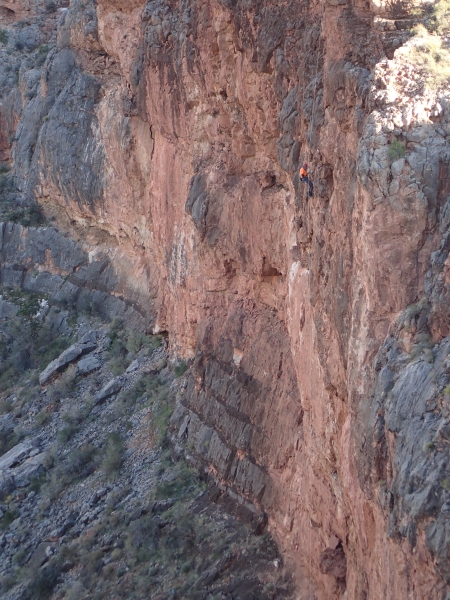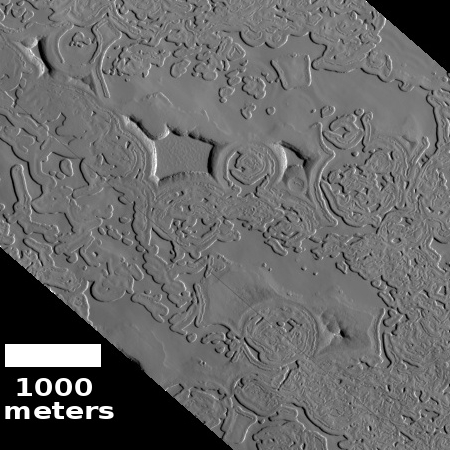Parker looks back at Earth

The Parker Solar Probe, flying inward towards its first close fly-by of the Sun, has looked back at the Earth and snapped its picture.
The image was captured by the WISPR (Wide-field Imager for Solar Probe) instrument, which is the only imaging instrument on board Parker Solar Probe. During science phases, WISPR sees structures within the Sun’s atmosphere, the corona, before they pass over the spacecraft.
…Zooming in on Earth reveals a slight bulge on the right side: that is the Moon, just peeking out from behind Earth. At the time the image was taken, Parker Solar Probe was about 27 million miles from Earth.
The importance of this image is that it demonstrates that the spacecraft’s camera is working properly, and that the spacecraft itself can point accurately.

The Parker Solar Probe, flying inward towards its first close fly-by of the Sun, has looked back at the Earth and snapped its picture.
The image was captured by the WISPR (Wide-field Imager for Solar Probe) instrument, which is the only imaging instrument on board Parker Solar Probe. During science phases, WISPR sees structures within the Sun’s atmosphere, the corona, before they pass over the spacecraft.
…Zooming in on Earth reveals a slight bulge on the right side: that is the Moon, just peeking out from behind Earth. At the time the image was taken, Parker Solar Probe was about 27 million miles from Earth.
The importance of this image is that it demonstrates that the spacecraft’s camera is working properly, and that the spacecraft itself can point accurately.






